Blacula
6.6 /10 2 Votes
50% Rotten Tomatoes Genre Horror, Thriller Film series Blacula Film Series Country United States | 5.6/10 IMDb Initial DVD release January 20, 2004 Duration Language English | |||||||||||||||||||||||||||||||||
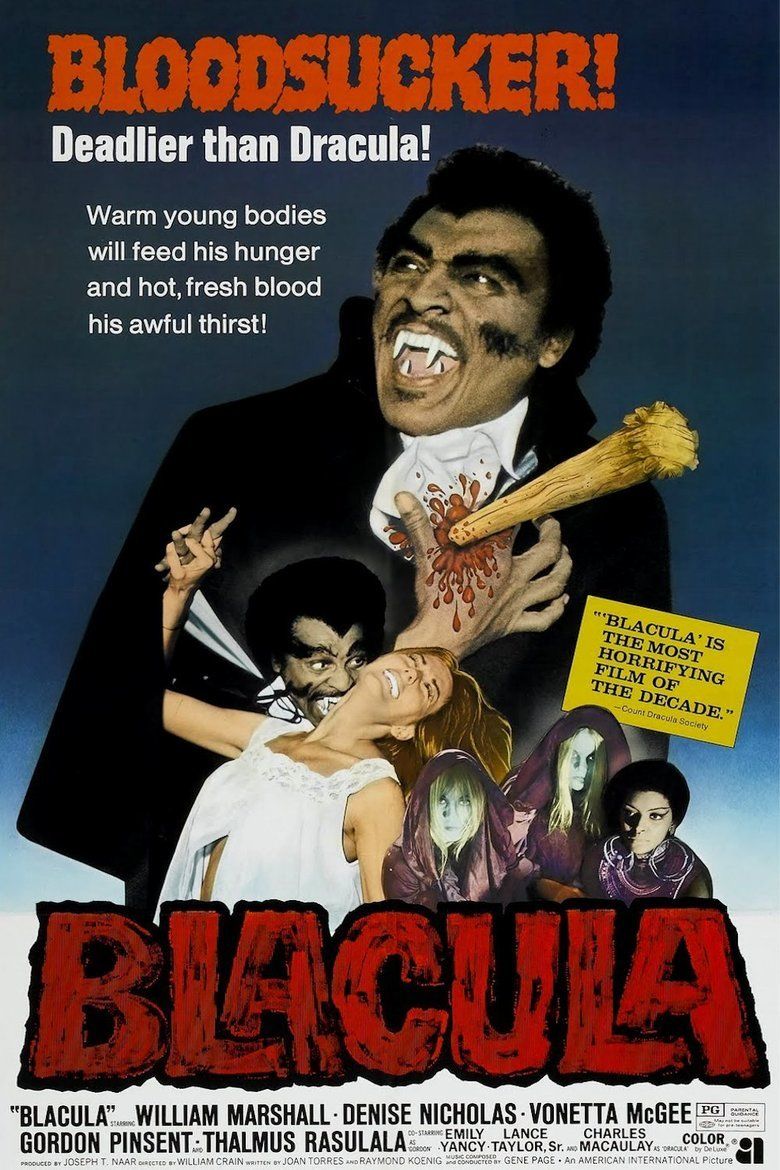 | ||||||||||||||||||||||||||||||||||
Release date August 25, 1972 (1972-08-25) (United States) Writer Joan Torres (screenplay), Raymond Koenig (screenplay) Cast (Mamuwalde / Blacula), (Tina), (Michelle), (Gordon Thomas), (Lt. John "Jack" Peters), Charles Macaulay (Dracula)Similar movies Hotel Transylvania 2 , Dracula Untold , Blade: Trinity , From Dusk Till Dawn , The Legend of the 7 Golden Vampires , Hotel Transylvania Tagline Blacula! - Dracula's Soul Brother! | ||||||||||||||||||||||||||||||||||
Scream blacula scream official trailer 1 richard lawson movie 1973 hd
Blacula is a 1972 American blaxploitation horror film produced for American International Pictures. It was directed by William Crain and stars William Marshall in the title role about an 18th-century African prince named Mamuwalde, who is turned into a vampire (and later locked in a coffin) by Count Dracula in the Count's castle in Transylvania in the year 1780 after Dracula refused to help Mamuwalde suppress the slave trade.
Contents
- Scream blacula scream official trailer 1 richard lawson movie 1973 hd
- Scream blacula scream pam grier full movie
- Plot
- Cast
- Production
- Release
- Reception
- Aftermath and influence
- References
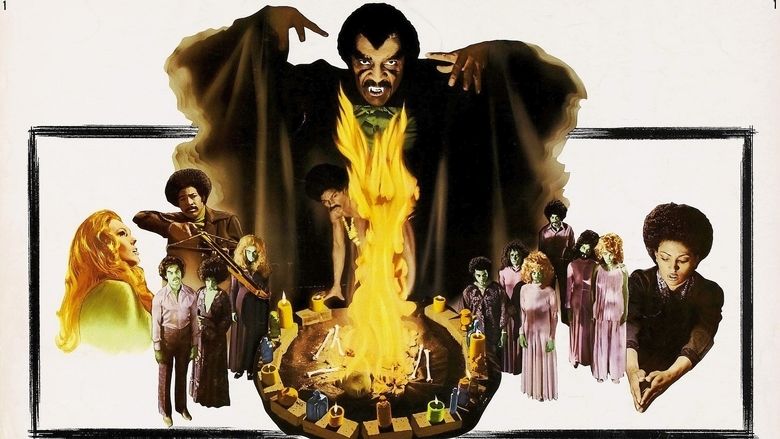
Two centuries later, in the year 1972, two interior decorators from modern-day Los Angeles, California travel to Castle Dracula in Transylvania and unknowingly purchase the now-undead Mamuwalde's coffin, which they ship to Los Angeles. Unlocking the coffin, the decorators release Mamuwalde, becoming his first two victims as a vampire, turning them and others he encounters in his bloodthirsty reign of terror into vampires like himself. Mamuwalde later meets a woman named Tina (Vonetta McGee), whom he believes to be the reincarnation of his deceased wife Luva (also played by McGee in the pre-opening credit scenes at Dracula's castle).
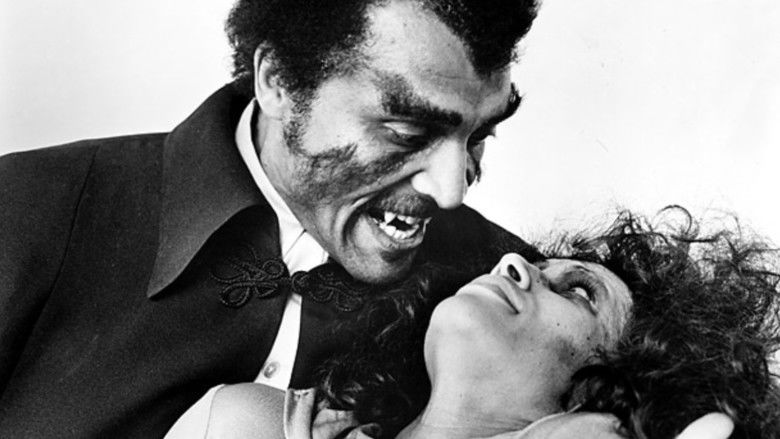
Blacula was released to mixed reviews in the United States, but was one of the top-grossing films of the year. It was the first film to receive an award for Best Horror Film at the Saturn Awards. Blacula was followed by the sequel Scream Blacula Scream in 1973 and inspired a wave of blaxploitation-themed horror films.
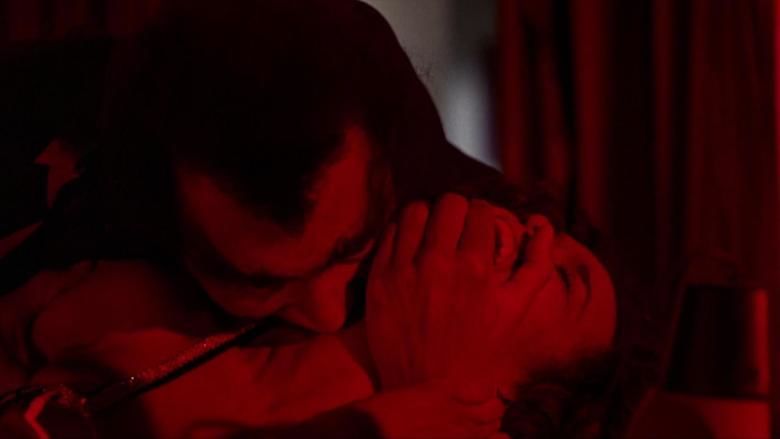
Scream blacula scream pam grier full movie
Plot
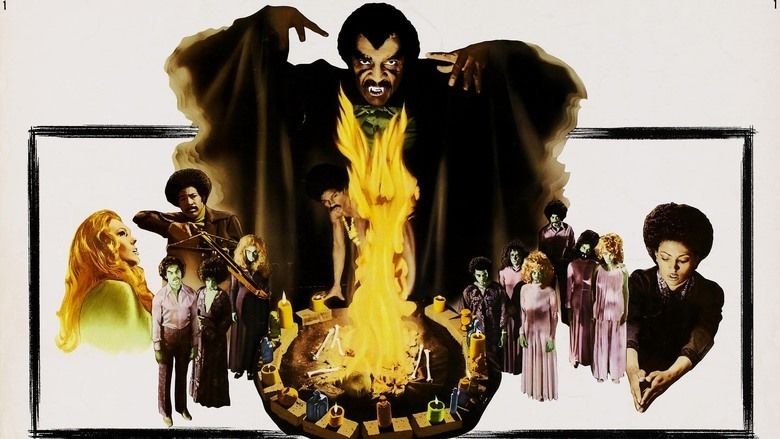
In 1780, Prince Mamuwalde (William Marshall), the ruler of the Abani African nation, seeks the help of Count Dracula (Charles Macaulay) in suppressing the slave trade. Dracula refuses to help, and transforms Mamuwalde into a vampire, whom he names Blacula and imprisons in a sealed coffin. Mamuwalde's wife, Luva (Vonetta McGee), is also imprisoned and dies in captivity. In 1972, the coffin has been purchased as part of an estate by two interior decorators, Bobby McCoy (Ted Harris) and Billy Schaffer (Rick Metzler) and shipped to Los Angeles. Bobby and Billy open the coffin and become Prince Mamuwalde's first victims
At the funeral home where Bobby McCoy's body is laid, Mamuwalde spies on mourning friends Tina Williams (Vonetta McGee), her sister Michelle (Denise Nicholas), and Michelle's boyfriend, Dr. Gordon Thomas (Thalmus Rasulala), a pathologist for the Los Angeles Police Department. Mamuwalde believes Tina is the reincarnation of his deceased wife, Luva. On close investigation of the corpse at the funeral home, Dr. Thomas notices oddities with Bobby McCoy's death that he later concludes to be consistent with vampire folklore.
Prince Mamuwalde continues to kill and transform various people he encounters, as Tina begins to fall in love with him. Thomas, his colleague Lt. Peters (Gordon Pinsent), and Michelle follow the trail of murder victims and begin to believe a vampire is responsible. After Thomas digs up Billy's coffin, Billy's corpse rises as a vampire and attacks Thomas, who fends him off and drives a stake through his heart. After finding a photo taken of Mamuwalde and Tina in which Mamuwalde is not visible, Thomas and Peters track Mamuwalde to his hideout, the warehouse where Bobby McCoy and Billy Schaffer were first slain. They defeat several vampires, but Mamuwalde manages to escape.
Mamuwalde lures Tina to his new hideout at the nearby waterworks plant, while Thomas and a group of police officers pursue him. Mamuwalde dispatches several officers, but one of them accidentally shoots Tina fatally. To save her life, Mamuwalde transforms her into a vampire. However, Peters kills Tina in Mamuwalde's coffin after mistaking her for him. Devastated at losing her again, Mamuwalde commits suicide by climbing the stairs to the roof where the morning sun kills him.
Cast
Production
Many members of the cast and crew of Blacula had worked in television. Director William Crain had directed episodes of The Mod Squad. William H. Marshall's Mamuwalde was the first black vampire to appear in film. Marshall had previously worked in stage productions and in episodes of The Man from U.N.C.L.E., The Nurses, Star Trek and Mannix. Thalmus Rasulala who plays Dr. Gordon Thomas had previously been in episodes of The Twilight Zone, Perry Mason, and Rawhide.
Blacula was in production between late January and late March 1972. While Blacula was in its production stages, William Marshall worked with the film producers to make sure his character had some dignity. His character name was changed from Andrew Brown to Mamuwalde and his character received a background story about being an African prince who had succumbed to vampirism. Blacula was shot on location in Los Angeles, with some scenes shot in Watts and the final scenes taken at the Hyperion Outfall Treatment Plant in Playa del Rey.
The music for Blacula is unlike that of most horror films as it uses rhythm and blues as opposed to haunting classical music. The film's soundtrack features a score by Gene Page and contributions by the Hues Corporation and 21st Century Ltd.
Release
Blacula was released on August 25, 1972. Prior to its release, American International Pictures' marketing department wanted to ensure that black audiences would be interested in Blacula; some posters for the film included references to slavery. American International Pictures also held special promotional showings at two New York theaters; anyone wearing a flowing cape would receive free admission. Blacula was popular in America, debuting at #24 on Variety's list of top films. It eventually grossed over a million dollars, making it one of the highest-grossing films of 1972.
Scream Factory released the film on Blu-ray as a double feature with Scream Blacula Scream on March 2, 2015.
Reception
Blacula received mixed reviews on its initial release. Variety gave the film a positive review praising the screenplay, music and acting by William Marshall. The Chicago Reader praised the film, writing that it would leave its audience more satisfied than many other "post-Lugosi efforts". A review in the New York Times was negative, stating that anyone who "goes to a vampire movie expecting sense is in serious trouble, and "Blacula" offers less sense than most." In Films & Filming, a reviewer referred to the film as "totally unconvincing on every level". The Monthly Film Bulletin described the film as "a disappointing model for what promised to be an exciting new genre, the black horror film." and that apart from the introductory scene, "the film conspicuously fails to pick up on any of its theme's more interesting possibilities–cinematic or philosophical." The film was awarded the Best Horror Film title at the first Saturn Awards.
Among more recent reviews, Kim Newman of Empire gave the film two stars out of five, finding the film to be "formulaic and full of holes". Time Out gave the film a negative review, stating that it "remains a lifeless reworking of heroes versus vampires with soul music and a couple of good gags." Film4 awarded the film three and a half stars out of five, calling it "essential blaxploitation viewing." Allmovie gave the film two and a half stars out of five, noting that Blacula is "better than its campy title might lead one to believe...the film suffers from the occasional bit of awkward humor (the bits with the two homosexual interior decorators are the most squirm-inducing), but Joan Torres and Raymond Koenig's script keeps things moving at a fast clip and generates some genuine chills." The Dissolve gave the film two and a half stars, stating that "The placement of an old-fashioned, Bela Lugosi-type Dracula—albeit much, much sweatier—in a modern black neighborhood is a great idea, but the amateurish production leaves Marshall as stranded in the film as his Mamuwalde is stranded in the times."
Aftermath and influence
The box office success of Blacula sparked a wave of other black-themed horror films. A sequel to the film titled Scream Blacula Scream was released in 1973 by American International. The film also stars William Marshall in the title role along with actress Pam Grier. American International was also planning a follow-up titled Blackenstein, but chose to focus on Scream Blacula Scream. Blackenstein was eventually produced by Exclusive International Pictures.
References
Blacula WikipediaBlacula IMDbBlacula Rotten TomatoesBlacula themoviedb.org
